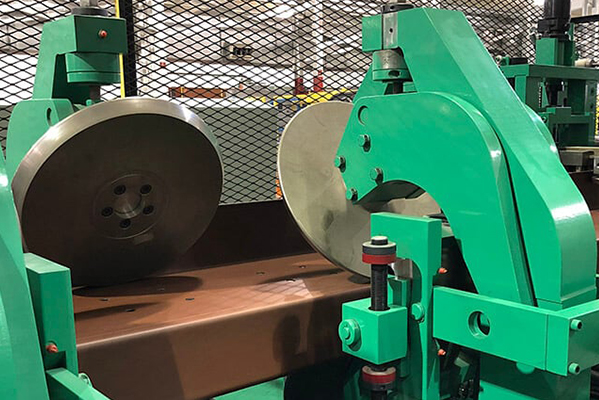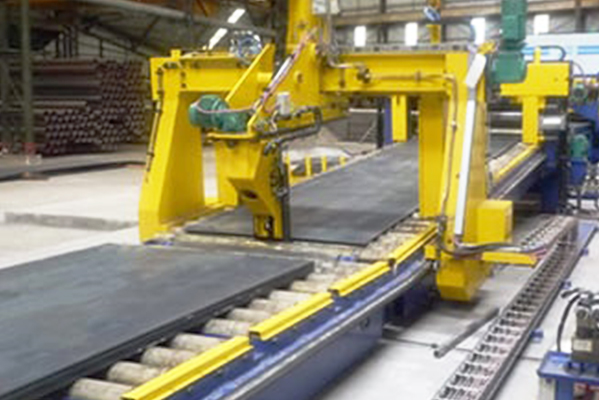Navigation Menu
Contact Us
- Email:
- info@wxavatar.com
- Address:
- Yurong Village, Yuqi Street, Huishan District, Wuxi, China.
Release Date:Jul 18, 2025 Visit:26 Source:Roll Forming Machine Factory
Metal shaping is a fundamental process in manufacturing, with various methods available to achieve desired forms. Among these, roll forming stands out as a versatile and efficient technique. This article explores how roll forming machines compare to other common metal shaping methods, highlighting their advantages and suitable applications.

Roll Forming vs. Press Braking
Press braking is a widely used method for bending metal sheets into specific angles. While press brakes are effective for short runs and prototyping, roll forming offers greater consistency for long production runs. Roll forming produces less material stress, resulting in smoother bends without deformation. However, press brakes provide more flexibility for quick design changes.
Roll Forming vs. Stamping
Stamping uses dies to cut or shape metal in a single stroke, making it ideal for high-volume production of complex parts. Roll forming, on the other hand, is better suited for creating continuous profiles with uniform cross-sections. Stamping can achieve intricate designs but requires costly tooling, whereas roll forming reduces tooling expenses for long, linear shapes.
Roll Forming vs. Extrusion
Extrusion forces metal through a die to create a fixed cross-section, commonly used for aluminum and softer metals. Roll forming works with a broader range of materials, including steel and high-strength alloys. Extrusion is limited by material ductility, while roll forming can handle thicker and harder metals more efficiently.
Roll Forming vs. Laser Cutting
Laser cutting provides precision in creating flat metal parts with intricate patterns. However, it is not designed for forming three-dimensional shapes. Roll forming excels in producing structural components with consistent profiles, making it more suitable for applications requiring strength and uniformity.

Conclusion
Roll forming machines offer distinct advantages in efficiency, material versatility, and cost-effectiveness for long production runs. While other methods like press braking, stamping, extrusion, and laser cutting have their own strengths, roll forming remains a preferred choice for continuous, high-quality metal profiles. Manufacturers should consider their specific needs when selecting the most appropriate shaping method.